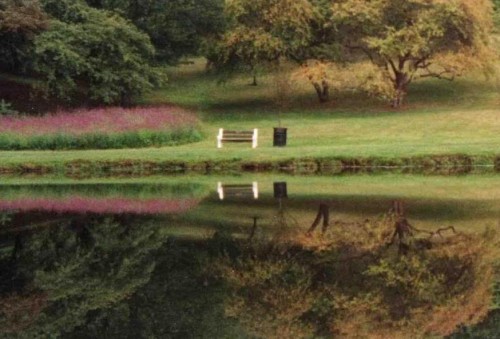Welcome to the Casperkill Oral History Project
May 7, 2010 by admin
The Casperkill watershed is located within the City and Town of Poughkeepsie and extends from the Peach Hill area to the Hudson River, just southwest of the Poughkeepsie Galleria. For the past four years (since the spring of 2006), the Casperkill Assessment Project (CAP)—a partnership between Vassar’s Environmental Research Institute (ERI) and local organizations and individuals – has been conducting research on the Casperkill Creek and its watershed. Students and faculty at Vassar have conducted in-depth research on the biology, geology, and chemistry of the creek, as well as the land use and policy decisions that affect it and, by extension, our community. They have conducted water quality monitoring on a monthly basis, assessing such parameters as the amount of road salt in the stream, bacteria levels, and the extent and species composition of streamside vegetation. The project’s primary goal has been to use its research to make the Casperkill the best and healthiest possible community resource. It has built its work on the notion that a healthy watershed can be an asset for the social, environmental, and even economic health of our community. For students at Vassar and in the surrounding community, the Casperkill watershed has been a great educational resource. Through research, education, outreach, and involvement in local policy-making, CAP is trying to ensure the welfare of the watershed for the sake of residents, business owners, and the diverse wildlife whose habitats we share. Vassar College Members of the CAP have presented Casperkill data at national conferences and through publications in scientific journals, all the while continuing their data collection every month. The continued goal of the CAP is to build a truly collaborative preservation project that involves both residents of Poughkeepsie and students and scientists at Vassar College.
The project seeks to extend the CAP into the social sciences and humanities by compiling an oral history and collecting photographs through which we can create an illustrated history of the watershed since the mid-20th century. This will be the first step in what we hope will be a full history of the area dating back to pre-colonial times. Through its work with the Casperkill community, CAP has collected the names and addresses of all residents and businesses in the area. Through informal conversations with residents (many of whom have lived in the area for several generations) it has become clear that residents (young and old) have a wealth of information about the area, and the creek in particular, that represents an untapped resource for the development of a Casperkill watershed history. We would like to interview as many of the local residents as will be willing to participate in the projects (there are roughly 400 households within the watershed) and seek access to photographs of the area from their family collection. The interviews and photographs will be the basis of a history to be presented partly through the CAP’s website and more fully through a searchable database.
